Past on the Cards
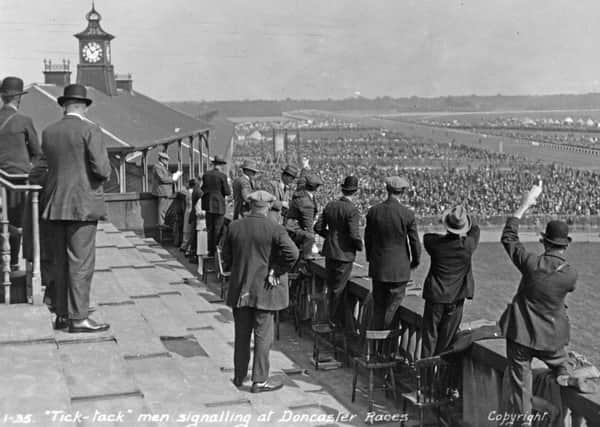

Initially, Great Britain lagged behind its continental neighbours in catching on to the possibilities of picture postcards, and it was 1894 before the Post Office gave authorisation to their use through the mail with an adhesive stamp.
At the dawn of the 20th century the popularity of the picture postcard exploded. Subject cards had been published featuring the Boer War and Royal events and in 1902 the Post Office allowed both address and message to be written on one side of the card, freeing up the whole of the other for the picture.
Advertisement
Hide AdAdvertisement
Hide AdMany Victorian and Edwardian photographers produced topographical picture postcard views and collecting vast numbers of their work became a popular hobby.
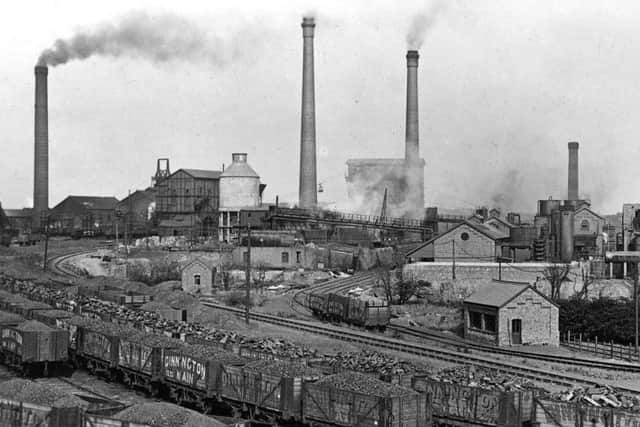

Deitiology is the official term for collecting (and studying) postcards and is the third largest hobby after collecting stamps and money. Even Queen Victoria is thought to have possessed her own postcard collection, making it a hobby that has both pedigree and time behind it
The reason for the popularity of topographical views has mainly been because the postcards record or depict scenes prior to industrial, commercial or roadway developments. They can also have, for a collector, a personal nostalgic association and many people will buy any postcard scenes evoking cherished memories of visits to a location. Transport is a very popular theme – railways, shipping, trams, motoring and motor racing – and prices here for postcards can range from a few pounds to as much as £75. ‘Disaster’ cards may touch £100.
Of course the excitement for collectors is in finding elusive cards that add to their collections. They search for and buy cards online at junk stalls or at the many postcard fairs frequently staged at regular intervals all around the country.
Advertisement
Hide AdAdvertisement
Hide AdWhether or not the postcard has passed through the GPO does not usually affect its value but stamps and postmarks can often spark additional interest. Good condition is very desirable but although creases and bent corners may knock down the value of the card, the rarity of the scene may override all imperfections in the collector’s mind.
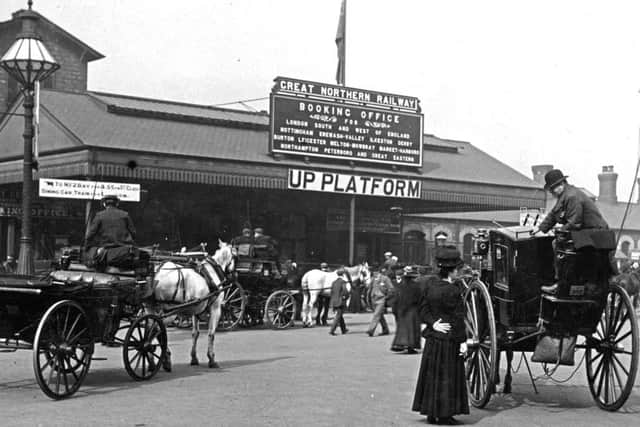

Many Yorkshire towns and cities had photographic companies producing postcard views and one of the most important by far was Doncaster’s Edgar Leonard Scrivens.
Between 1909 and the mid-1930s, he photographed virtually every street and event in nearly all the towns and villages within a 40-mile radius of his home town. He also ventured as far afield as north Derbyshire, north Lincolnshire, north Nottinghamshire as well as the east coast as far north as Whitby.
Scrivens’ topographical views are now gathering national recognition which is reflected by the prices paid for them, some changing hands for over £60 each. His photographs have outstanding clarity, are beautifully composed and full of incidental detail. He not only captured the former rural splendour of some villages but recorded their evolution into sprawling mining communities in areas like South and West Yorkshire.
Advertisement
Hide AdAdvertisement
Hide AdScrivens, according to his daughter Ivy who I once interviewed in the 1980s, was born in 1883 and obtained his first camera when a schoolboy. He worked as a Press photographer before establishing a photographic business in Doncaster’s Cooper Street in 1909.
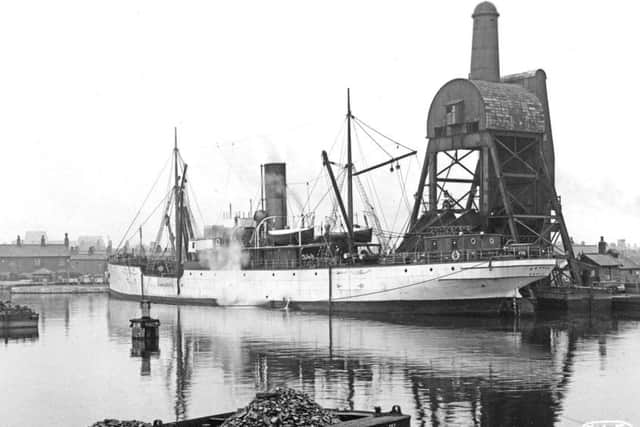

As he began producing postcard views, all bearing his initials E.L.S., he evolved a meticulous numbering system. For example on a card numbered 1-46, the first digit refers to the locality, in this case No. 1 relates to Doncaster. The second number denotes the postcard is the 46th in the Doncaster series. Scrivens photographed over 250 localities with an average of 100 cards in each series.
In the 1920s and 1930s he re-photographed areas recorded earlier in his career adding the letter ‘G’ or ‘V’ depending on the period.
Scrivens produced postcards of events ranging from Royal visits to the Doncaster Aviation Meeting of 1909 and to the cutting of the first sod at Rossington Colliery. He often travelled to locations in a three-wheel Morgan motor car, later replaced by a four wheel vehicle. These often feature in the views.
Advertisement
Hide AdAdvertisement
Hide AdBy the 1920s Scrivens postcard and developing/printing business flourished. The postcards were sold in a variety of outlets including post offices, newsagents and stationers.
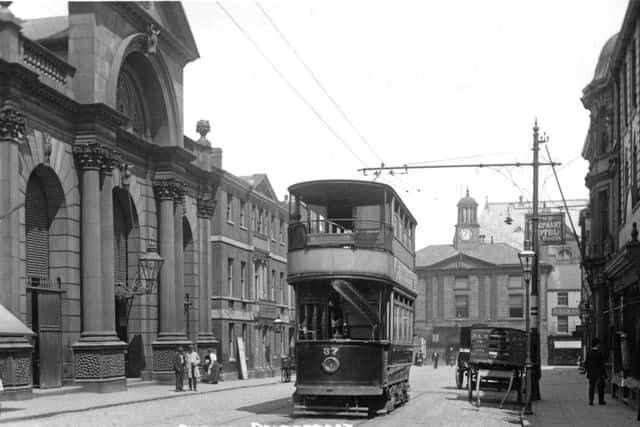

His daughter remembered how the business premises in Queen’s Road, Doncaster were methodically organised to accommodate up to 25 employees.
She recalled her father rarely brooded on matters and often arrived home whistling Tip-toe Through the Tulips.
He had virtually no other interest apart from photography and frequently lectured on the subject to local camera clubs and photographic societies.
Advertisement
Hide AdAdvertisement
Hide AdThe postcard business was severely restricted during the Second World War when employees were called up for duty and photographic material was scarce.
Despite this Scrivens worked long hours to cover for his absent staff.
When he died in 1950 and his business was sold no one bothered to save the thousands of glass plate negatives neatly filed in pigeon holes in an upstairs room at Queen’s Road. No one appreciated their worth or the infinite pains Scrivens had taken in recording all the developments over the previous 40 years.
But his postcards still exist and are testament to his outstanding ability and achievements.
More nostalgia http://www.yorkshirepost.co.uk/our-yorkshire/heritage